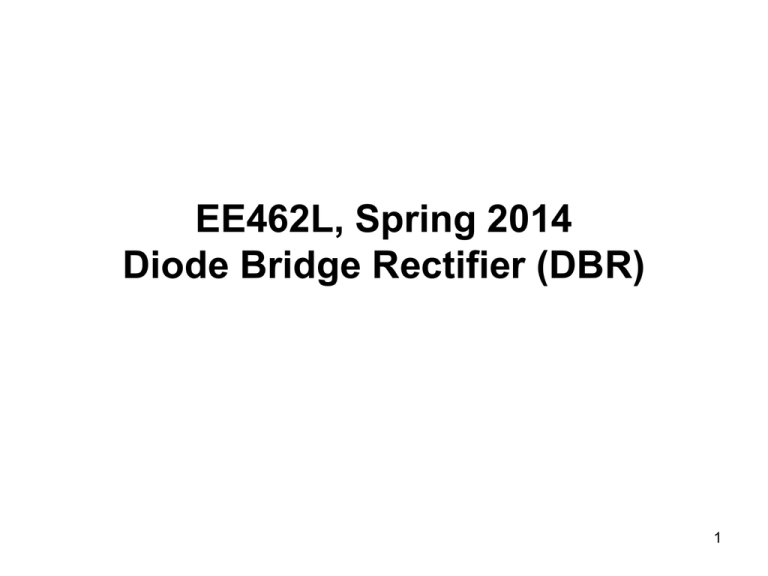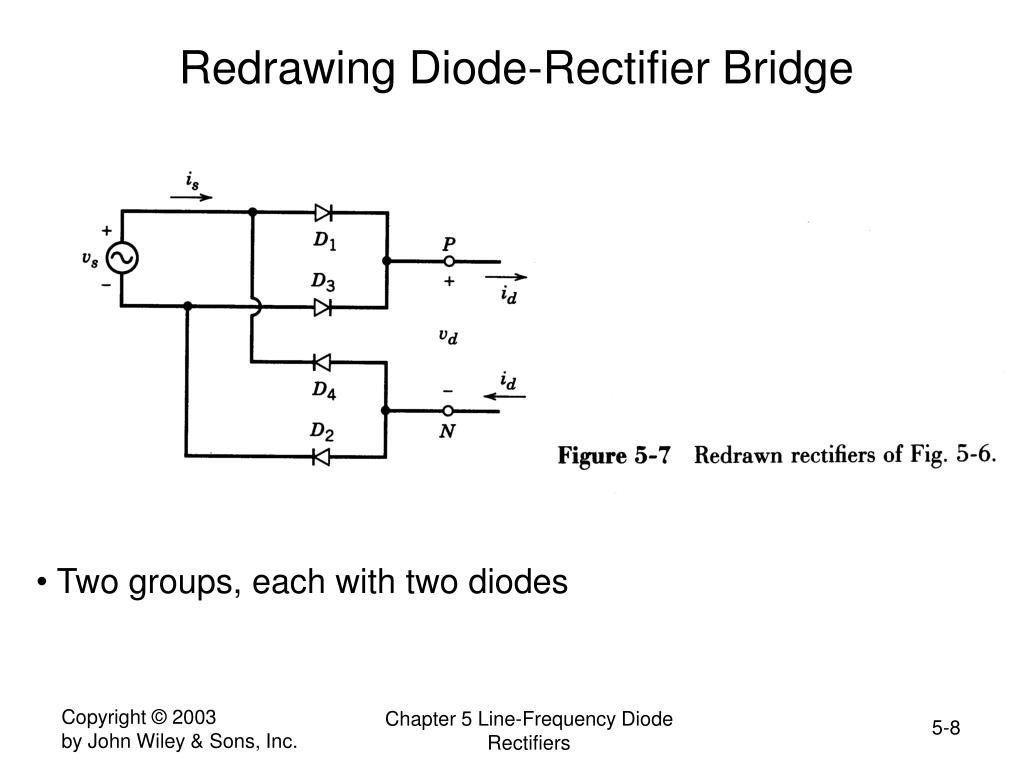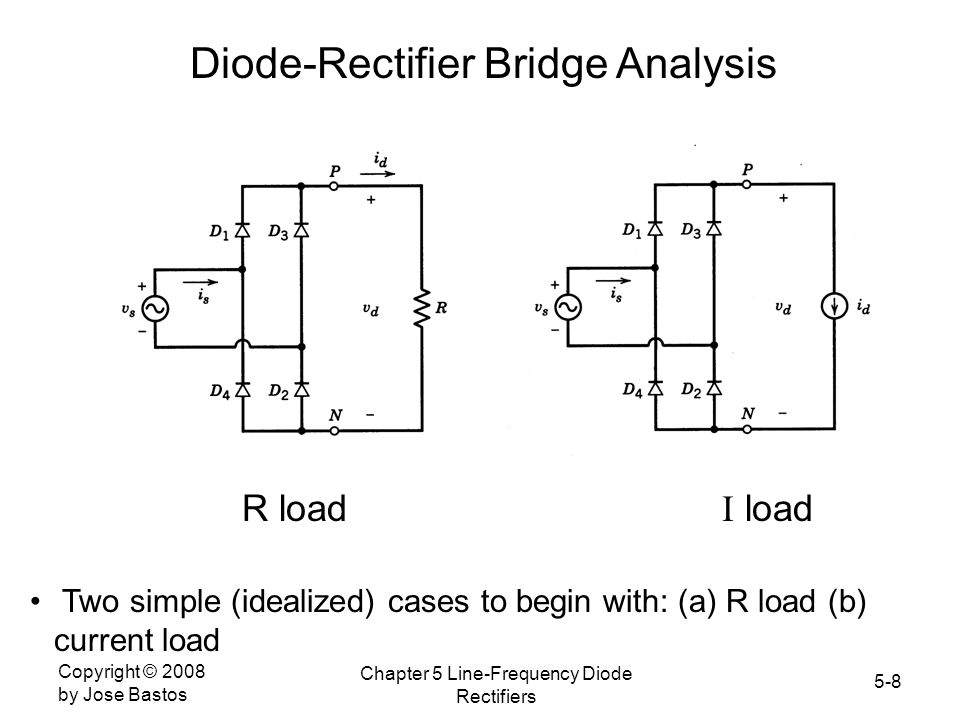Diode bridge rectifier class notes Circuit Diagram The bridge rectifier converts alternating current (AC) into direct current (DC) through a bridge structure composed of four diodes. The unidirectional conductivity of the diodes is used to rectify the positive and negative half cycles of the AC into DC in the same direction. The design of the bridge rectifier not only improves the rectification efficiency but also provides a stable DC output

The Rectifier Diode. The diode bridge rectifier circuit is a very simple circuit made up of just four rectifier diodes connected in a square shape. A diode allows current to flow in one direction only (from the anode and to the cathode), which makes it perfect for converting from AC to DC. The bridge rectifier portion of the circuit consists of four diodes arranged in a bridge configuration. These diodes convert the AC input voltage into a pulsating DC voltage. The output of the bridge rectifier is a series of positive voltage pulses, with the negative half-cycles of the AC waveform being inverted to positive. 4. Simple Diode Bridge Rectifiers. Diode bridge rectifiers, sometimes referred to simply as bridge rectifiers, utilize diodes (uncontrolled semiconductor devices that allow current to flow in one direction only) to convert alternating current (AC) into direct current (DC). This type of rectifier is a staple in numerous electronic devices, from

Diode Bridge: Four Diodes That Convert From AC to DC Circuit Diagram
A bridge rectifier consists of four diodes arranged in a bridge configuration. This setup allows the current to flow in one direction only, regardless of the polarity at the input. By arranging diodes in this specific pattern, the bridge rectifier effectively "rectifies" the alternating current (AC) into direct current (DC), a process that is essential for powering most electronic devices.

By the end of this comprehensive guide, you will have a thorough understanding of how diode bridge rectifiers work and why they are indispensable in various electronic systems. Definition and Overview. A diode bridge rectifier is an electronic circuit designed to efficiently convert AC voltage into DC voltage. It achieves this by utilizing four

Construction, Working, Characteristics and Types Circuit Diagram
A bridge rectifier is a type of rectifier circuit that uses four diodes arranged in a bridge configuration to convert alternating current (AC) into direct current (DC). It operates by allowing current to flow through two diagonal diodes during each half-cycle of the AC input, resulting in a pulsating DC output that is always in the same
